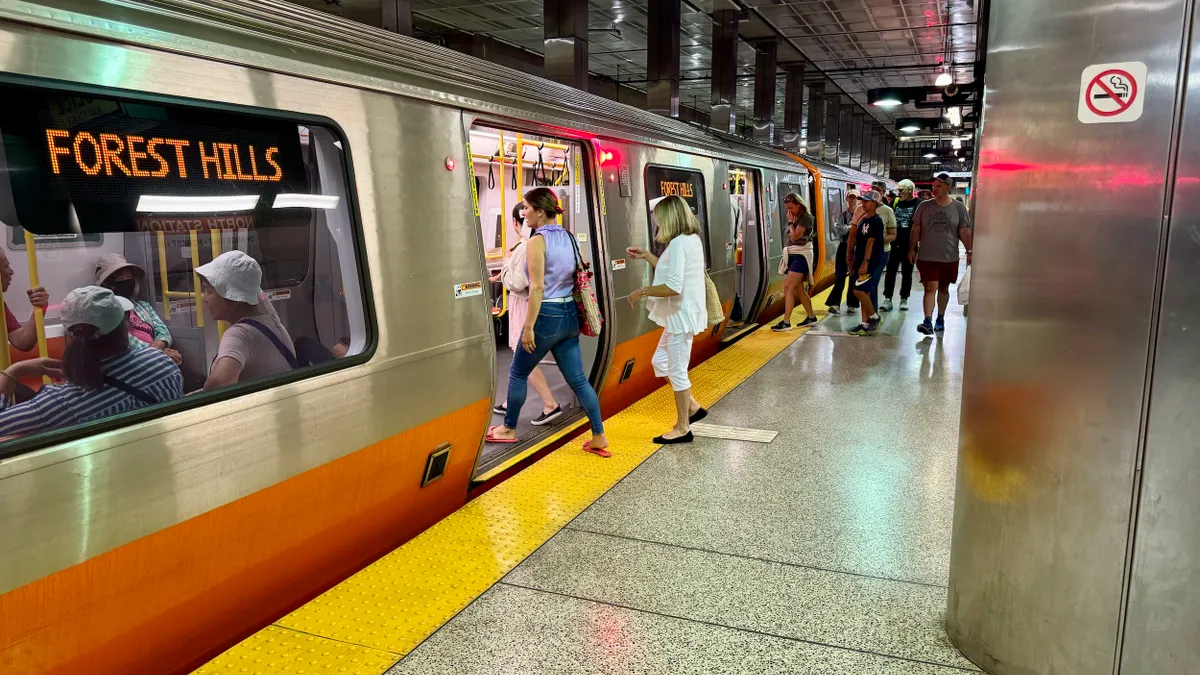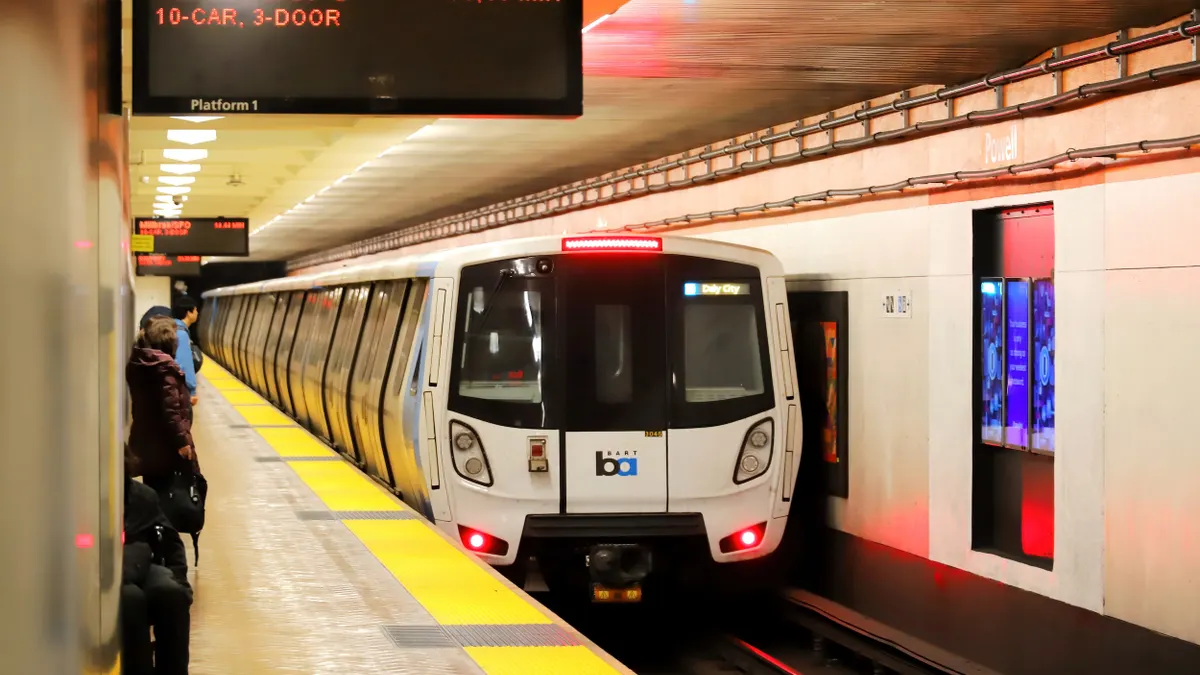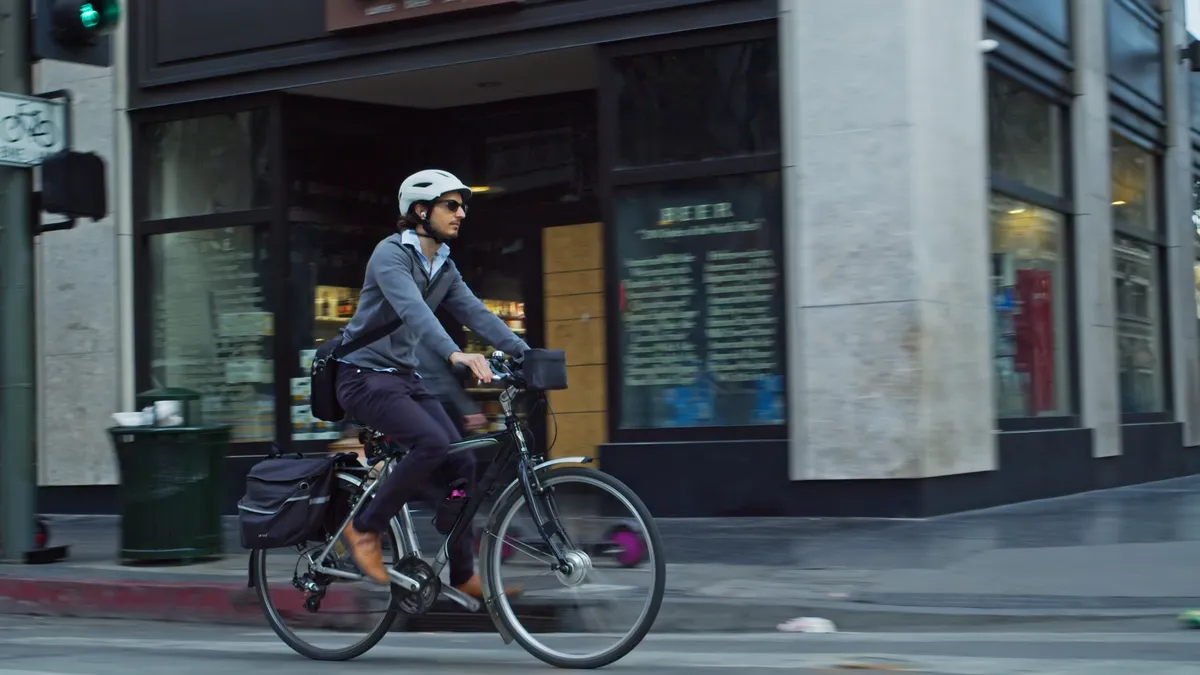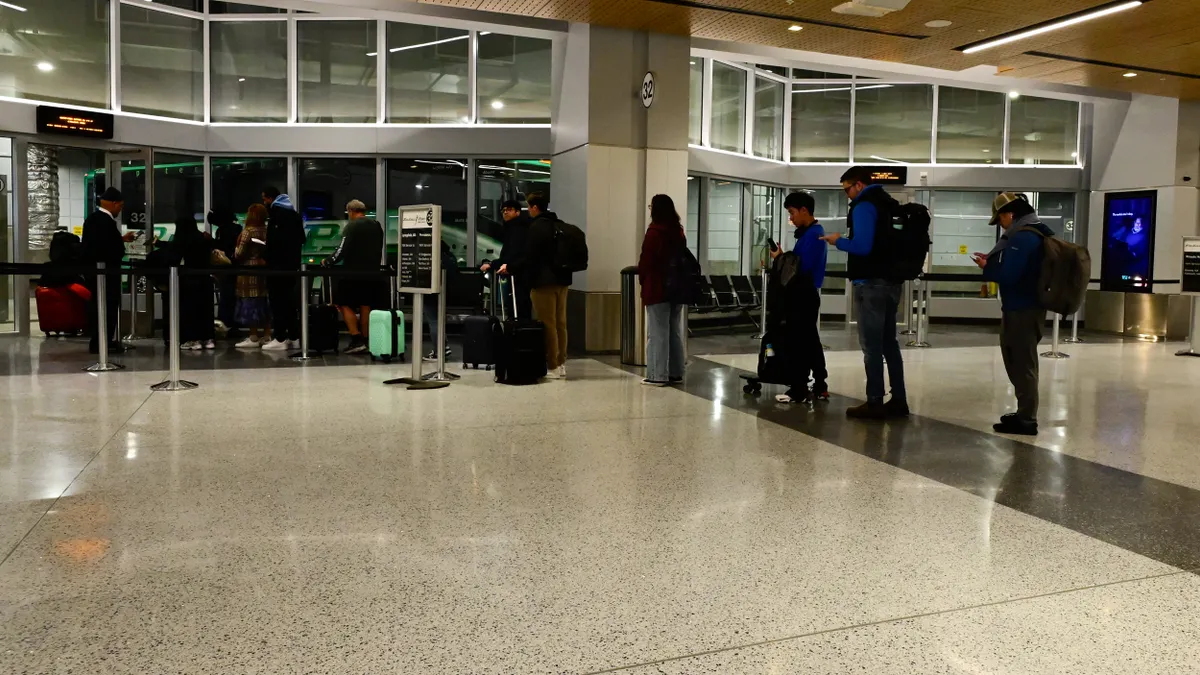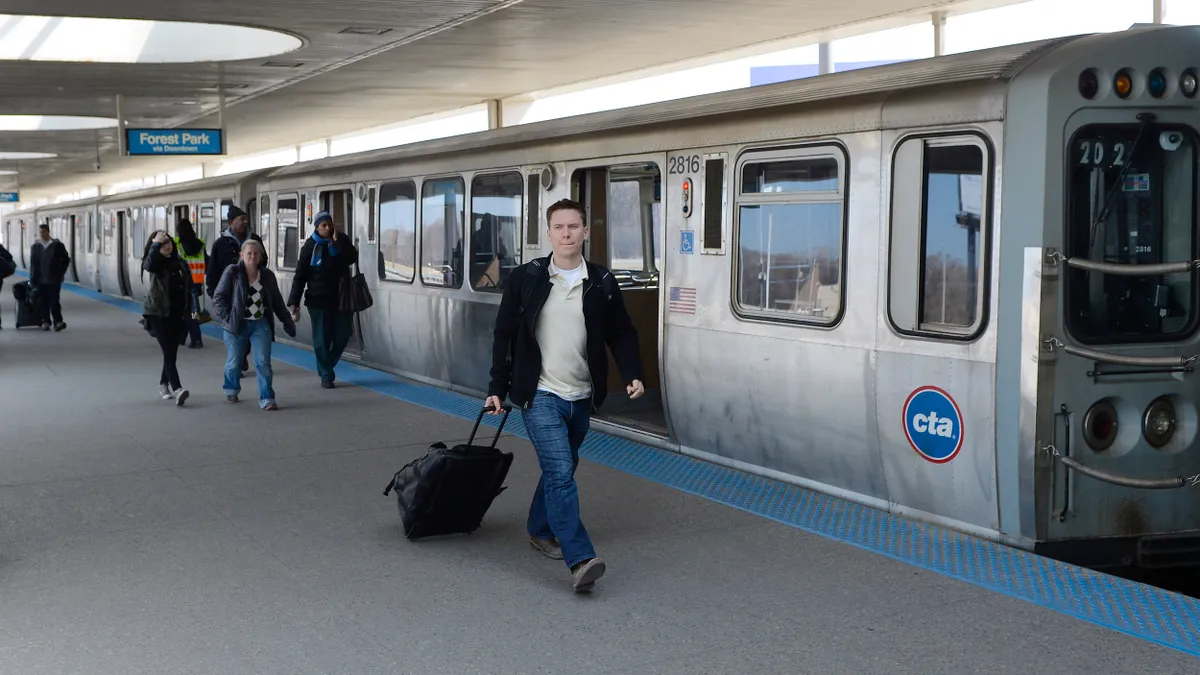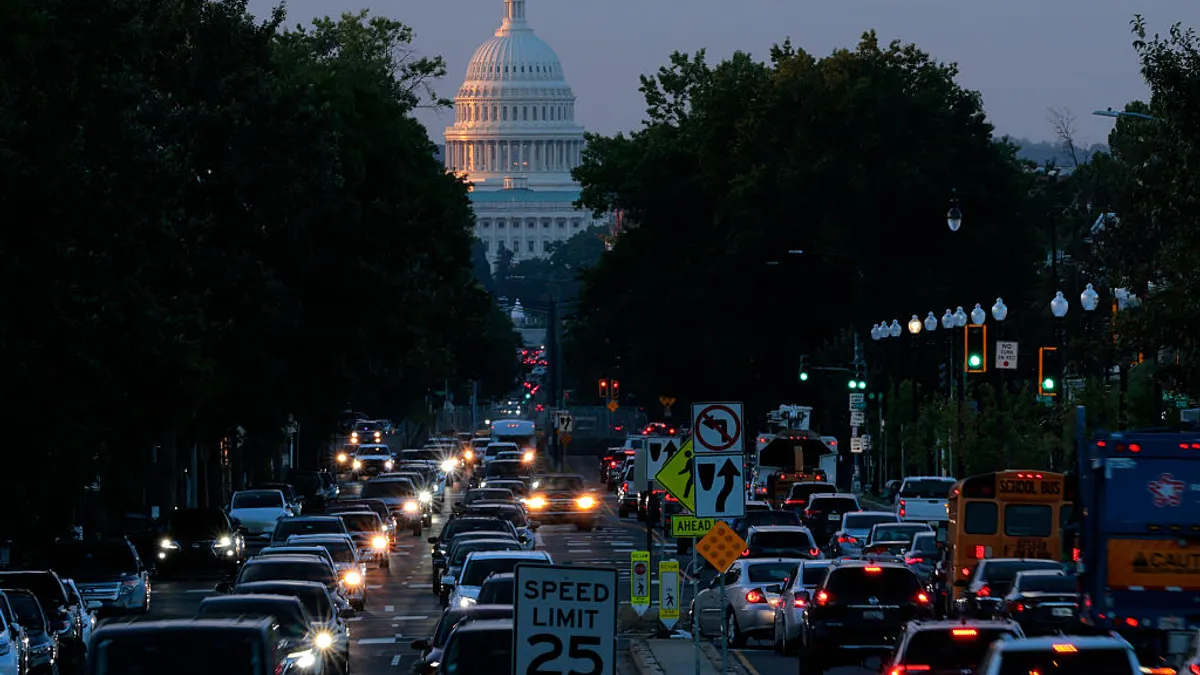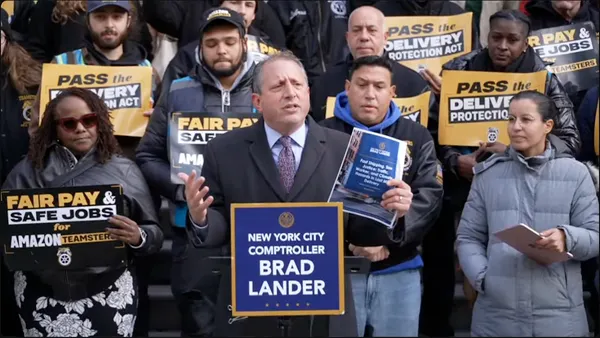Lisa Daglian is executive director of the Permanent Citizens Advisory Committee, which represents transit and commuter rail riders in the Metropolitan Transportation Authority’s 12-county region.
Eleven months ago, New York launched the nation’s first congestion relief program — a policy long praised by transit riders, policy wonks and environmentalists alike, with precedent in cities around the world. New York’s congestion pricing effort languished for decades in political gridlock, most notably a longstanding argument between the city and its suburbs, an issue that too often pits drivers against transit riders.
The good news is that this way of thinking is evolving. Political and business leaders are finally recognizing that economic growth, sustainability and livable cities and regions go hand in hand. When transit does well, drivers do well, too — as does the regional economy.
The alliances that formed to secure congestion relief are, on the surface, unlikely. Just look at the Congestion Pricing Now Coalition, a diverse group of transit riders, thought leaders, businesses, good government groups, planners, environmentalists and industry groups. Collectively, the coalition represents the seemingly competing interests of sustainable transit, economic development, the construction community and the private sector. They and other groups found common cause around the goals of less traffic and better transit — and the knowledge that transit is the backbone of our region.
The New York Building Congress, a broad-based association supporting the city’s construction industry, saw congestion relief as a catalyst for more jobs, new projects and economic growth across the region. My organization, the Permanent Citizens Advisory Committee to the MTA, has long advocated for congestion relief as a reliable funding tool for needed upgrades and improvements to our transit system. And Alstom, a railcar manufacturer that operates in New York State, knows that its future depends on robust transit investment as an opportunity for its workforce.
In just 11 months, congestion relief has delivered results across the board. From an economic perspective, 1.5 million more visitors visited business improvement districts in the congestion zone in the program’s first month, compared with the previous year. Traffic speeds – including for bus riders – are nearly 5% faster (while crashes are down 14%), and the region is on track to unlock $15 billion for critical infrastructure and transit upgrades and improvements.
This means faster deliveries, easier commutes, more productive workers and a bounty of opportunities. Environmentally, congestion relief resulted in a monthly average of 2.2 million fewer vehicles entering the zone through October, leading to reduced emissions and a rebound in transit ridership, which in turn creates a positive feedback loop of sustainable transit.
The positives far outweigh the negatives outside the congestion relief zone as well. Riders on express buses from Staten Island, New Jersey and subway deserts in Brooklyn and Queens are getting through tunnels significantly faster. Drivers who must — or choose to — drive into the zone are making faster trips and deliveries. Yellow cabs and for-hire vehicles are seeing increased ridership as well. And funding for much-needed investment in the region’s vast and old transit network is already making a difference in riders’ lives.
Despite these early successes, congestion relief still faces real threats. We must stay unified around the evidence that everyone can win when transit systems work better.
Cities across North America — Toronto, San Francisco, Los Angeles, Chicago, Boston — have all considered their own versions of congestion relief to combat gridlock. Like New York City, they are plagued by a mix of urban challenges, from underfunded transit systems and crumbling infrastructure to monstrous traffic delays and widening inequities in how people move, live and work.
New York’s success offers lessons for the path forward when other cities decide to take the leap. Key among them: Understand that congestion relief is a controversial policy plan that requires coalition-building among grassroots organizations, local advocates and political leadership to succeed. The earlier this work begins, the stronger the foundation will be when the time comes to set the process in motion.
Expect skepticism and pushback. Before the program was implemented in New York, 32% of city residents supported congestion relief; within three months of implementation, that number jumped to 42%. London and Stockholm saw similar resistance before implementation, with comparable results afterward.
Our experience shows that when there is unity around a shared vision, even the most entrenched urban issues can be alleviated. Accomplishing big policies is always a test of persistence and partnership, but when it works, the results speak for themselves.







